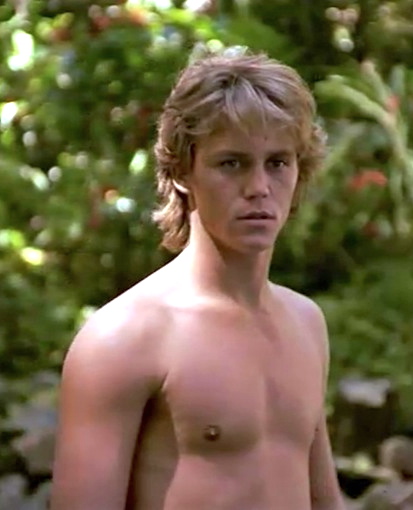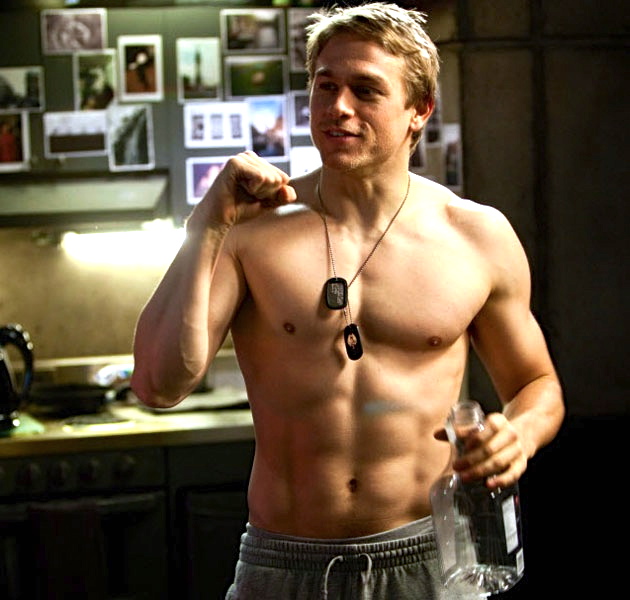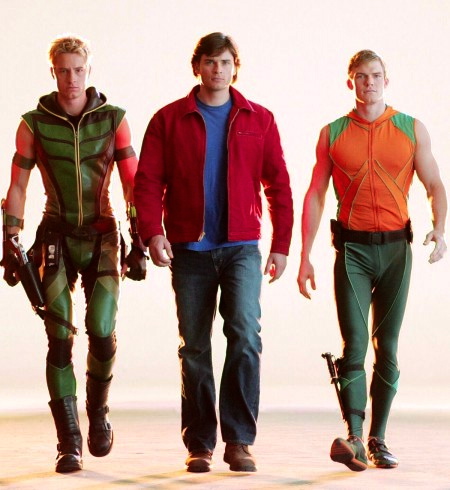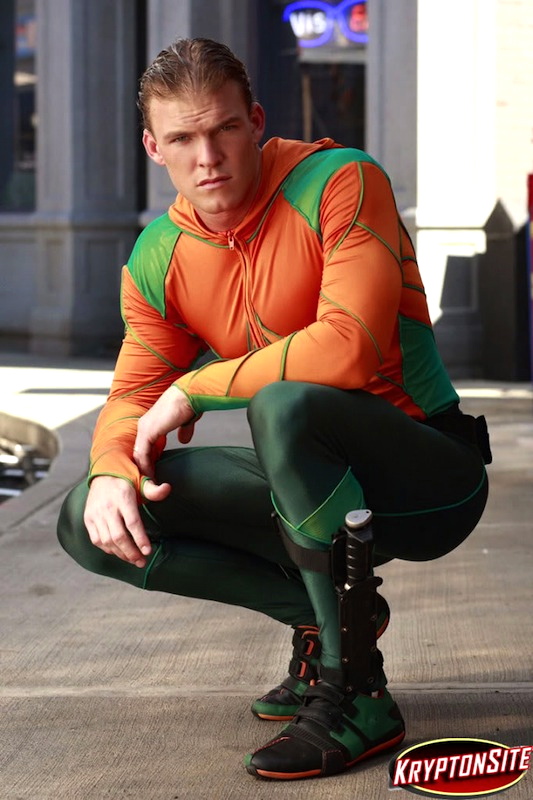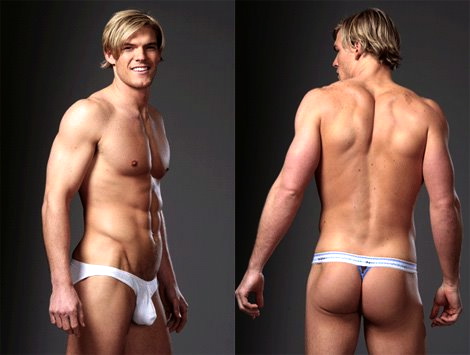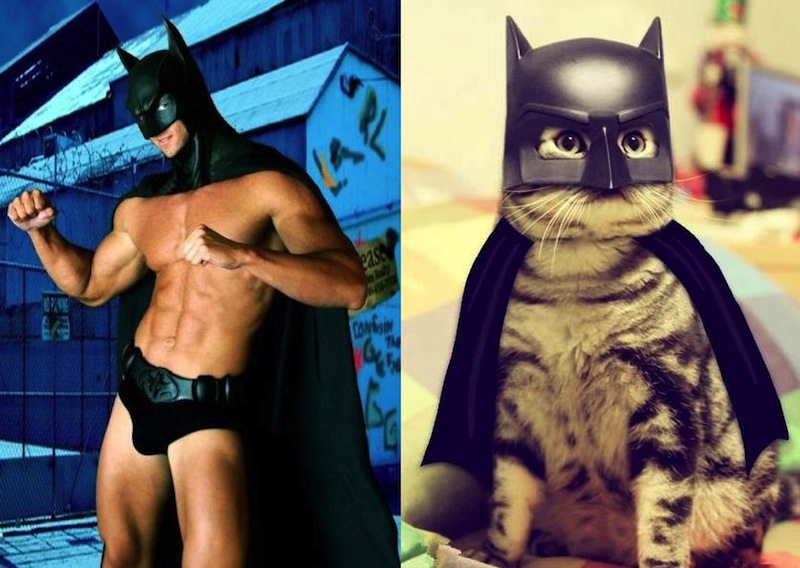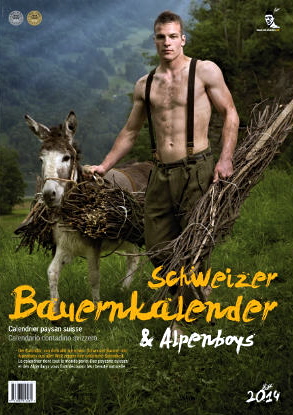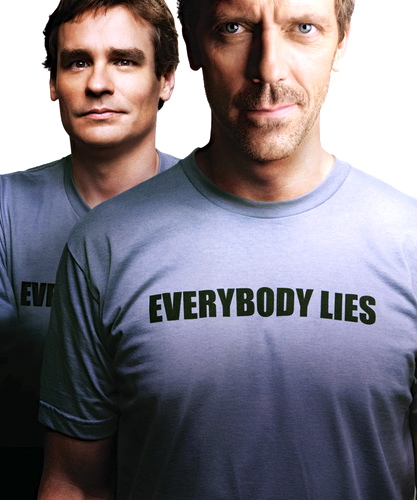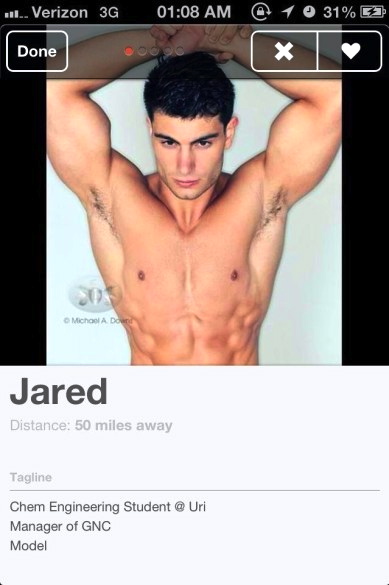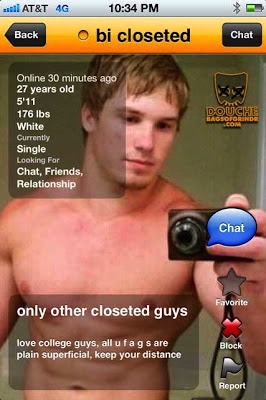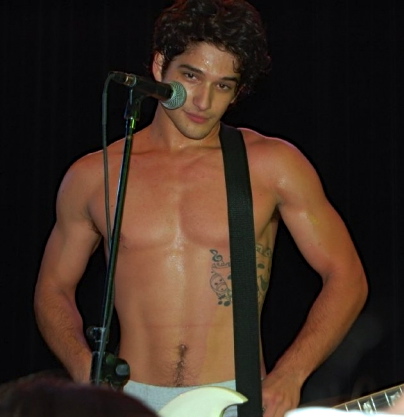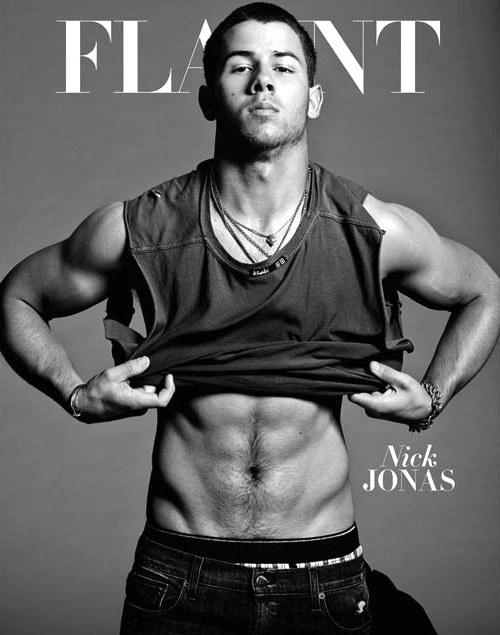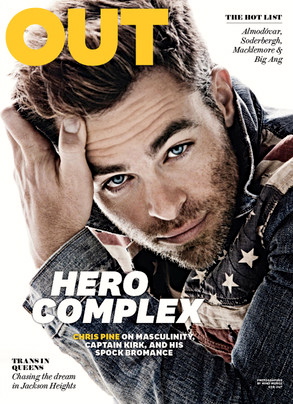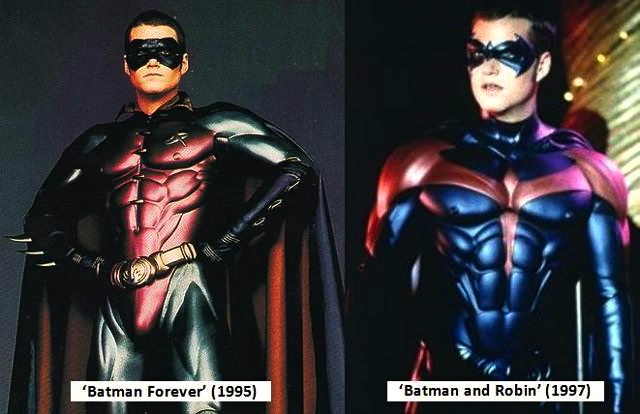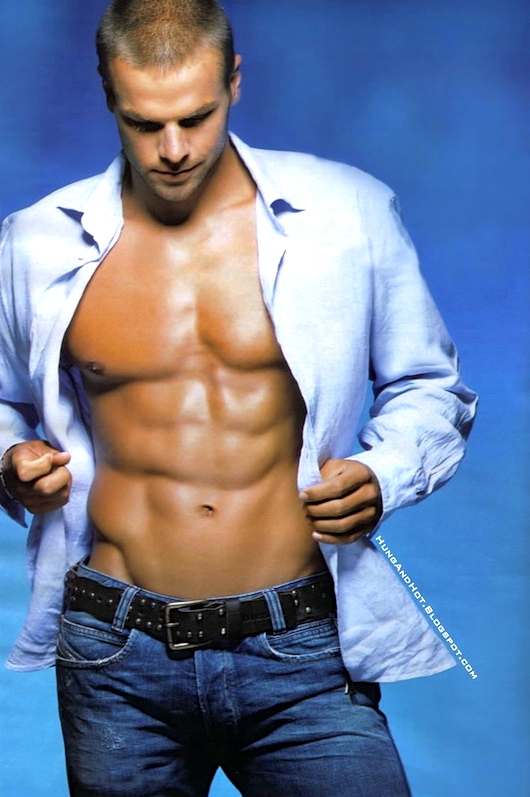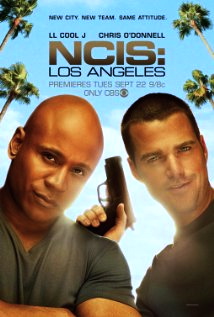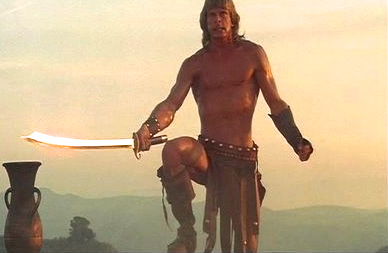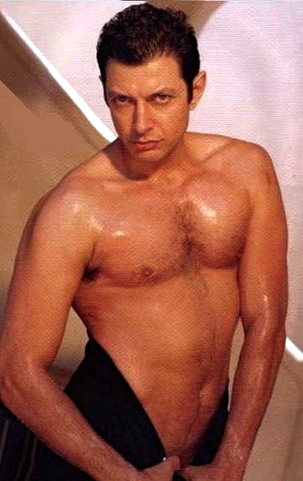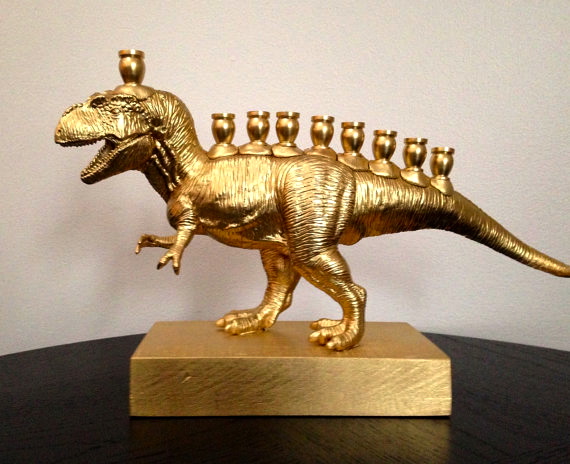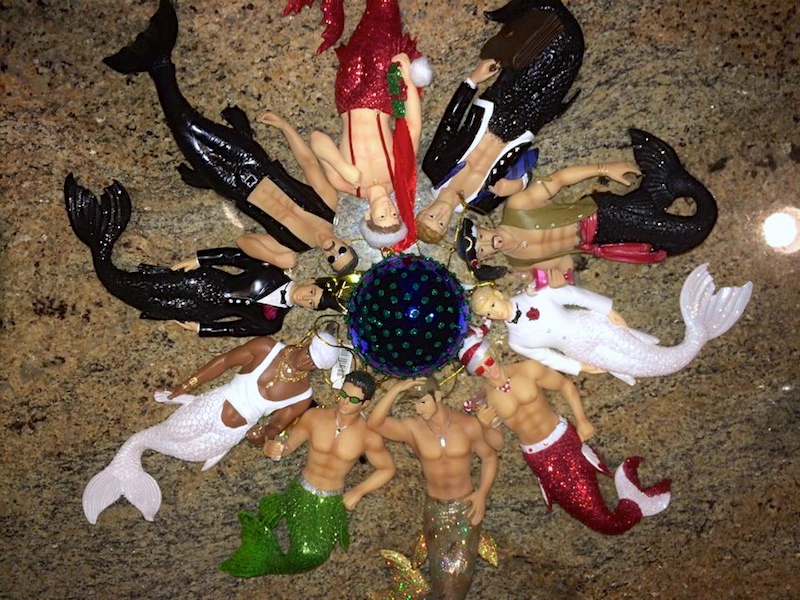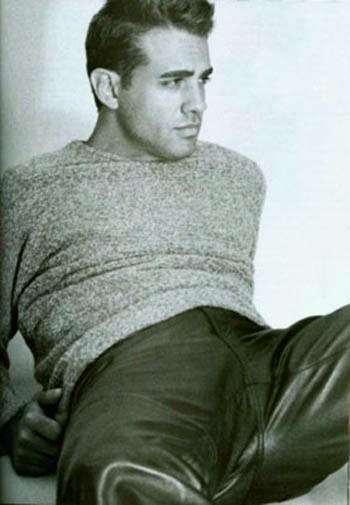Yes, more shirtless men (following on Nick Jonas and Chris Pine, Zach Quinto, and Leonard Nimoy), but now with a semantic point, about systems of categorization, in this case a pop scheme of somatotype (body-type) classification. After some glances at tv hunks on this blog, I look at the three starring men in the series NCIS: Los Angeles, who illustrate the three ideal types in this somatotype scheme: mesomorph, endomorph, and ectomorph.(Along the way we also get a female star: the stars are aligned into two contrasting pairs.)
The three-way scheme has a complex and tangled history, but survives now primarily in the advice literature for bodybuilders / musclemen.
On (mostly shirtless) television hunks on this blog:
8/20/13 “Five television hunks” [James Marsden, David Boreanaz, Shemar Moore, Jared Padalecki, Jensen Ackles – in various shows, including Bones, Criminal Minds, and Supernatural] (link)
8/22/13 “Television hunks, separately and together” [David Boreanaz, James Marsters, Brian Krause, Julian McMahon, Dylan Walsh – in Buffy, Charmed, and Nip/Tuck] (link)
9/9/13 “Riley/Xander” [Buffy] (link)
10/3/13, “Alan Ritchson (and Justin Hartley)” [Smallville] (link)
10/27/13 “House men” [Hugh Laurie, Robert Leonard, Jesse Spencer, Shemar Moore] (link)
On NCIS: Los Angeles. From Wikipedia:
NCIS: Los Angeles (Naval Criminal Investigative Service: Los Angeles) is an American television series combining elements of the military drama and police procedural genres, which premiered on the CBS network on September 22, 2009.
… Chris O’Donnell plays the lead character, G. Callen, the Special Agent in Charge of [OSP, the Office of Special Projects], whose natural talent for undercover work is legendary. LL Cool J plays the role of Senior Field Agent Sam Hanna, a former Navy SEAL, who is fluent in Arabic and an expert on Middle Eastern culture. Daniela Ruah plays Junior Special Agent Kensi Blye… Eric Christian Olsen plays LAPD Detective Marty Deeks, [originally] the team’s liaison with the Los Angeles Police Department.
The pairings are (athletically muscular mesomorph) O’Donnell with (bulky, blocky endomorph) LL Cool J and (slender ectomorph) Olsen with the shorter and more compact, but definitely tough, Ruah (a female mesomorph). Linda Hunt plays the OSP’s operations manager Hetty Lange, a legendary former intelligence agent — the part corresponding to Mark Harmon’s Leroy Jethro Gibbs in the original NCIS (set in D.C.), but with a very different flavor; in general, the “family relationships” in the two series are strikingly different.
The four actors. O’Donnell, from Wikipedia:
Christopher Eugene “Chris” O’Donnell (born June 26, 1970) is an American actor. He played Dick Grayson/Robin in Batman Forever and Batman & Robin, Charlie Simms in Scent of a Woman, Finn Dandridge in Grey’s Anatomy, Peter Garrett in Vertical Limit, and Jack McAuliffe in The Company.
O’Donnell as Robin:
![]() (#1)
(#1)
and shirtless, with Amazing Abs and his jeans down low:
![]() (#2)
(#2)
Then LL Cool J, from Wikipedia:
James Todd Smith (born January 14, 1968), better known as LL Cool J (short for Ladies Love Cool James), is an American rapper, entrepreneur, and actor. He is known for pioneering hip-hop tracks such as “I Can’t Live Without My Radio”, “I’m Bad”, “The Boomin’ System”, “Rock The Bells”, and “Mama Said Knock You Out” as well as romantic ballads such as “I Need Love”, “Around the Way Girl”, and “Hey Lover”… He has also appeared in numerous films
Shirtless and challenging, in a massive-muscular kind of way:
![]() (#3)
(#3)
LL Cool J has a truly beautiful smile, which appears on NCIS fairly often:
![]() (#4)
(#4)
And then LL Cool J and Chris O’Donnell together, with a phallic gun but shirted, in a poster for the show:
![]() (#5)
(#5)
On to Olsen, from Wikipedia:
Eric Christian Olsen (born May 31, 1977) is an American actor. He is perhaps best known for his portrayal of Detective Marty Deeks on the CBS television series NCIS: Los Angeles.
The slim Olsen, shirtless, in the tv series Community:
![]() (#6)
(#6)
And Ruah, from Wikipedia:
Daniela Sofia Korn Ruah (… born December 2, 1983) is a Portuguese American actress best known for playing NCIS Special Agent Kensi Blye in the CBS police procedural series NCIS: Los Angeles.
… Ruah announced in September 2013 that she was expecting her first child, a boy, with her then fiancé David Paul Olsen, the elder brother of and stunt double to Ruah’s NCIS: Los Angeles co-star Eric Christian Olsen. On December 30, 2013, Ruah gave birth to a son, River Isaac. In June 19, 2014, Ruah married her fiancé David Olsen in Portugal.
Ruah and Eric Olsen, together in a shot designed to minimize the height difference between them, but featuring Olsen’s signature wild blond(ish) hair:
![]() (#7)
(#7)
All three men are in good shape, but of three different body types.
Somatotype “theory”. Now to the technical, but decidedly weird, stuff. From Wikipedia on “Somatotype and constitutional psychology”:
Constitutional psychology is a now discredited theory, developed in the 1940s by American psychologist William Herbert Sheldon, associating body types with human temperament types. The foundation of these ideas originated with Francis Galton and eugenics. Sheldon and Earnest Hooton were seen as leaders of a school of thought, popular in anthropology at the time, which held that the size and shape of a person’s body indicated intelligence, moral worth and future achievement. Sheldon proposed that the human physique be classified according to the relative contribution of three fundamental elements, somatotypes, named after the three germ layers of embryonic development: the endoderm, (develops into the digestive tract), the mesoderm, (becomes muscle, heart and blood vessels), and the ectoderm (forms the skin and nervous system).
In his 1954 book, Atlas of Men, Sheldon categorised all possible body types according to a scale ranging from 1 to 7 for each of the three “somatotypes”, where the pure “endomorph” is 7–1–1, the pure “mesomorph” 1–7–1 and the pure “ectomorph” scores 1–1–7. [Scaling of the factors yields 7^3 = 343 types.] From type number, an individual’s mental characteristics could supposedly be predicted.
Sheldon’s “somatotypes” and their supposed associated physical and psychological traits can be characterized as follows:
- Ectomorphic: characterized as linear, thin, fragile, lightly muscled, flat chested and delicate; described as cerebrotonic inclined to desire isolation, solitude and concealment and being tense, anxious, restrained in posture and movement, introverted and secretive.
- Mesomorphic: characterized as hard, rugged, rectangular, athletically built with well developed muscles, thick skin and good posture; described as somatotonic inclined towards physical adventure and risk taking and being vigorous, courageous, direct and dominant.
- Endomorphic: characterized as round and soft with under-developed muscles and having difficulty losing weight; described as viscerotonic enjoying food, people and affection having slow reactions and being disposed to complacency.
Sheldon’s work was heavily burdened by his racist, anti-Semitic and sexist views. There is evidence that different physiques carry cultural stereotypes. For example, one study found that endomorphs are likely to be perceived as slow, sloppy, and lazy. Mesomorphs, in contrast, are typically stereotyped as popular and hardworking, whereas ectomorphs are often viewed as intelligent but fearful and usually take part in long distance sports, such as marathon running. Stereotypes of mesomorphs are generally much more favorable than those of endomorphs. Stereotypes of ectomorphs are somewhat mixed. Sheldon’s ideas that body type was an indicator of temperament, moral character or potential while popular in an atmosphere accepting of the theories of eugenics were soon widely discredited. The [principal] criticism of Sheldon’s constitutional theory was that is was not a theory at all but one general assumption, continuity between structure and behavior, and a set of descriptive concepts to measure physique and behavior in a scaled manner.
There are precedents to Sheldon’s ideas: the humo(u)r theory of medicine and temperament (with four ideal types: choleric, bilious, phlegmatic, and sanguine) and the evergreen idea that character and personality can be read from physical characteristics, especially of the face (though here it could be that stereotypical beliefs about those associations in part guide the way people come to behave: they “live up to” their appearance).
But the connections between somatotypes and temperament/character are loony, and long discredited.
Sheldon’s three somatotypes had a fashion in pop psychology for some time, and continue now in the advice literature for bodybuilders and musclemen, for instance in this bodybuilding site for men:
What is your body type?: Learn how to train for your body type
![]() (#8)
(#8)
Three body types:
Ectomorph: Narrow hips and clavicles, Small joints (wrist/ ankles), Thin build, Stringy muscle bellies, Long limbs
Mesomorph: Wide clavicles, Narrow waist, Thinner joints, Long and round muscle bellies
Endomorph: Blocky, Thick rib cage, Wide/thicker joints, Hips as wide (or wider) than clavicles, Shorter limbs
The sites offer advice on training regimens and diet supplementation, one set of advice for each of the three body types.
Sheldon’s original typology, stripped of its association with character and temperament, included another innovation: a scaling of the three ideal types (noted above) to yield a new set of 343 types — a move that looks more in line with reality, but one that undercuts the possible value of a small set of clearly distinct types. I’ve discussed the consequences of the scaling move in a 2005 conference paper “Ideal types: peacocks, chameleons, and centaurs”, about the 3-category typology for types of gay men in Wayne Brekhus’s 2003 book “Peacocks, chameleons, centaurs: Gay suburbia and the grammar of social identity”; a detailed handout for the presentation is on-line here.
The paper begins with notes on systems of categorization, outlining requirements (from the literature on categorization) for a satisfactory typology, in particular Completeness (the typology should cover all the referents in the relevant domain), Exclusivity (the categories should be mutually exclusive), and Predictiveness (a number of properties should cluster together in each category, so that they tend to mutually implicate one another).
Brekhus’s original 3-term typology was intended to be a good system of categories, but then he replaced the three ideal types by three dimensions (labeled duration, density, and dominance, though the labels aren’t important here), with the three types characterized by their polar locations on these dimensions. This move has unfortunate consequences:
(a) there are mixed types, a great many of them: “Although as ideal types they are mutually exclusive, no one in the real world is located precisely at any one corner of the triangle. Thus, in the real world an individual can practice a combination of identity strategies.” (Brekhus, p. 223); hence, low Completeness and Exclusivity
(b) the dimensions are continua (p. 180), and the position of a man on these continua is not even constant over time or in different social contexts; hence, low Predictiveness
From my handout: we see here
a familiar progression, from a set of ideal types that might serve to establish a satisfactory classification, though the interpretation of the types as poles on underlying continua, to a system that is neither satisfactory as a classification nor constant over occasions but serves only to provide a feeling (however illusory) of understanding. Popular advice literature abounds in such attractive but unsatisfactory categorization schemes, usually involving ideal types. The case of Brekhus’s scheme shows that even categorizations intended as scientific can run aground in the same way, so long as the posited underlying continua have no content outside of the analysis itself.
So it is with Sheldonian somatotypes.
![]()
![]()

